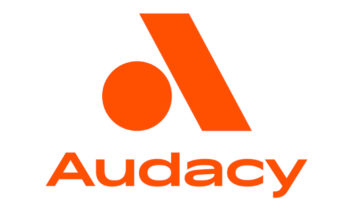The Game-Day Coordinator Program in Action
Apr 1, 2001 12:00 PM, By Chriss Scherer, editor
An event of the magnitude of the Super Bowl allows no room for error from the players or the media covering the game. The scenario at the beginning of this month’s On Location article described an interference situation that could result regardless of any frequency coordination efforts, but it can easily be corrected with the tools and skills of the on-site coordinator.
To cover Super Bowl XXXV, the effort was expanded beyond the usual measures taken for a local football game. Ralph Beaver is the Tampa GDC, and Casey Knoettgen is the alternate. For this game, Karl Voss, one of the developers of the GDC program came in to oversee the game. Rick Edwards, SBE vice president and chairman of the SBE frequency coordination committee was also on-site. In all, 13 people were part of the GDC team during the game, and a few others were available to assist with additional duties as needed.
Planning for the game began in September 2000. The first step was to examine the local TV and radio usage to build the game database. The first frequency coordination requests were submitted at the end of September.
On October 6, 2000, a meeting was held in Tampa to brief the local frequency coordination team on the particulars for the Super Bowl. From that point forward, the e-mail list created for the event began to bustle with activity. Once the event was over, a stack of paper more than six inches thick was created with notes, reminders, questions and answers.
As requests for frequencies came, Voss entered them into the database and made the necessary suggestions to accommodate everyone. Any requests that were sent to Beaver or Knoettgen as the local coordinators and Tampa GDCs were sent to Voss. This single-point clearinghouse was a vital step in ensuring that all the information was current. The heaviest workload with frequency requests came just before the game. There was an initial spike, likely due to stations learning that their own team had made it to the Super Bowl.
As the more than 3,000 credentialed media passed through the frequency coordination checkpoint on the day of the game, each RF radiating device was checked with a frequency counter and/or a spectrum analyzer. RF users that did not pass through this point on the day of the game were checked on previous occasions. Once a device was approved, a green flag was attached to it for easy recognition by the GDC team.
There were three users with more than 85 frequencies each and one user with 145 frequencies. In selecting the assigned frequencies, the proposed application of the frequency, the venue, any local TV activity, the date and time of use were all taken into account. Some frequencies were used by three different entities; one user pre-game, another user at half-time, and a third user for post-game.
Planning for Super Bowl XXXVI in New Orleans began in February 2001.












